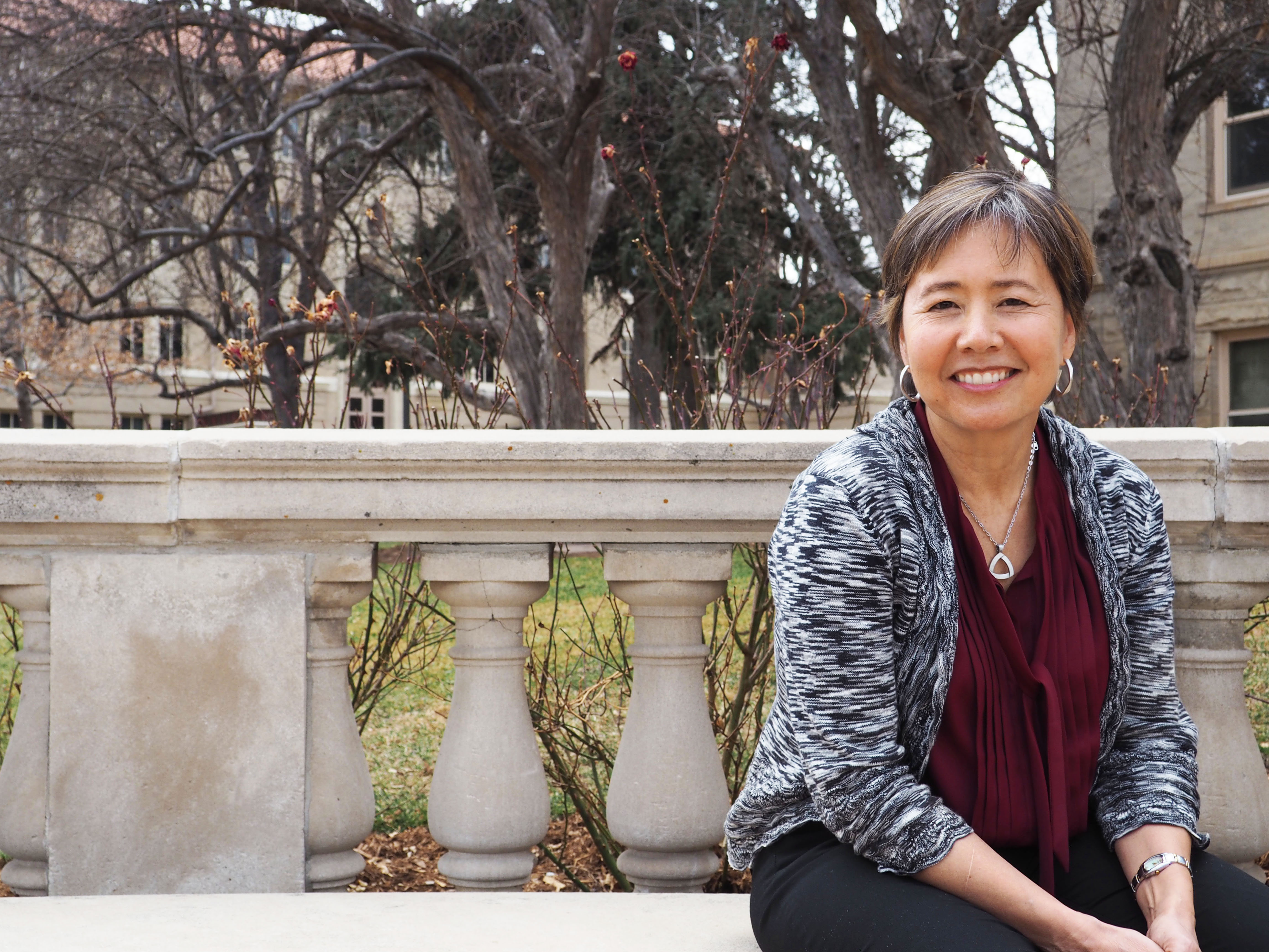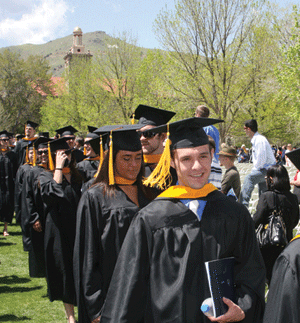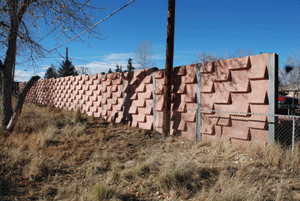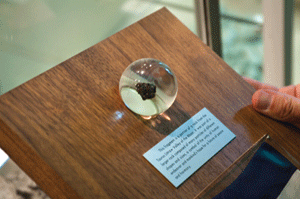Weaving the Complex Fabric of Research

Stefanie Tompkins, former acting deputy director of the U.S. Defense Advanced Research Projects Agency (DARPA), joined Mines in early February 2018 as the school’s vice president of research and technology transfer. Tompkins will lead Mines’ efforts to expand the reach and impact of the projects it conducts for industry and government. Shortly after she arrived on campus, Tompkins sat down with Mines Magazine to discuss what she believes the future looks like for research at Mines.
Why did you decide to join Mines?
It’s complicated. I spent my career in a combination of national service and science and technology development. I was in the military. I have worked for the federal government. I have worked in industry doing science and technology. When you’re in the intersection of these spaces, you start to develop an idea of what is important to you and what is needed to solve hard problems. Mines really epitomizes that nexus— there’s a connection to government, industry and science that enables the school to tackle many of the really difficult challenges that the world faces today.
Had you heard about Mines before you applied for a job here?
Mines is legendary for its geology programs. When I applied to graduate school in geology, it never occurred to me to apply to Mines, because I didn’t think my grades were good enough. I applied to Brown University instead.
What do you envision for research at Mines?
I envision Mines research as a fabric that interweaves different kinds of science and engineering—both curiosity-driven and use-inspired—and many different disciplines, with all of these elements thriving independently but also feeding back into each other.
We live in a complex world with complex problems. Mines’ research should play a significant role in solving those problems—it already does, in some fields, but could do much more for bigger technological, social and policy challenges. For instance, Mines’ research currently encompasses the entire lifecycle of the materials supply chain—from discovery and extraction of resources, to their transformation into new materials, to manufacturing and finally to recycling and re-use. Research results in any one of those areas—say, a new material that displaces the need for a mine—could significantly affect the others, as well as economics and policy. Thinking about the entire system would allow us to tackle much bigger, harder problems than we do today.
How do you think we can elevate Mines’ research in the next few years?
There’s not a single answer. One thing we can start off with is improving how we communicate our research to the outside world. This involves helping junior faculty connect to different funding opportunities. It also means defining which big problems we want to start tackling and starting there.





